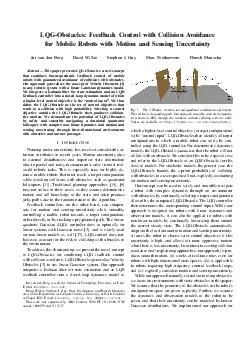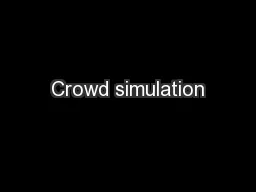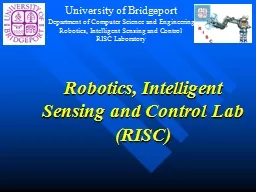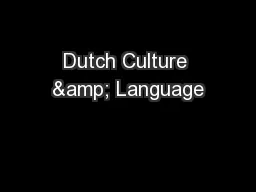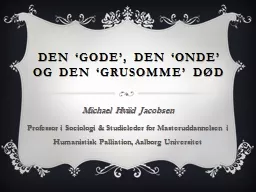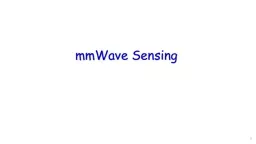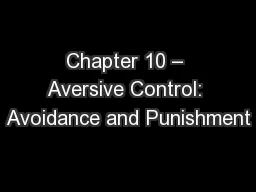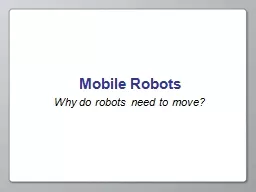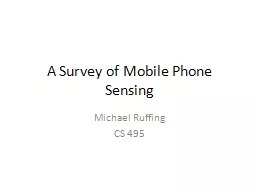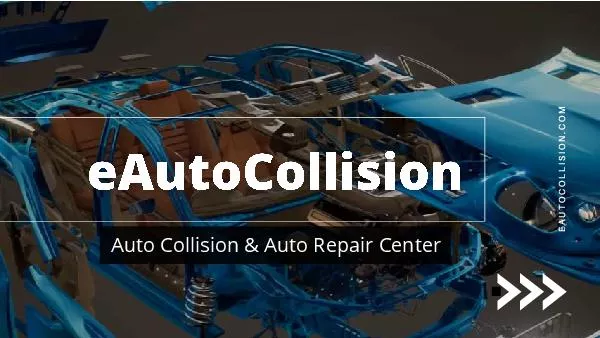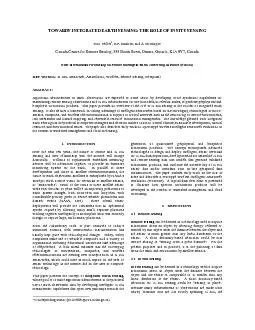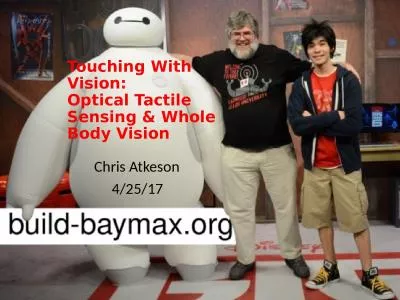PDF-LQGObstacles Feedback Control with Collision Avoidance for Mobile Robots with Motion and
Author : marina-yarberry | Published Date : 2014-12-27
Guy Marc Niethammer D inesh Manocha Abstract This paper presents LQGObstacles a new concept that combines linearquadratic feedback control of mobile robots with
Presentation Embed Code
Download Presentation
Download Presentation The PPT/PDF document "LQGObstacles Feedback Control with Colli..." is the property of its rightful owner. Permission is granted to download and print the materials on this website for personal, non-commercial use only, and to display it on your personal computer provided you do not modify the materials and that you retain all copyright notices contained in the materials. By downloading content from our website, you accept the terms of this agreement.
LQGObstacles Feedback Control with Collision Avoidance for Mobile Robots with Motion and: Transcript
Download Rules Of Document
"LQGObstacles Feedback Control with Collision Avoidance for Mobile Robots with Motion and"The content belongs to its owner. You may download and print it for personal use, without modification, and keep all copyright notices. By downloading, you agree to these terms.
Related Documents

